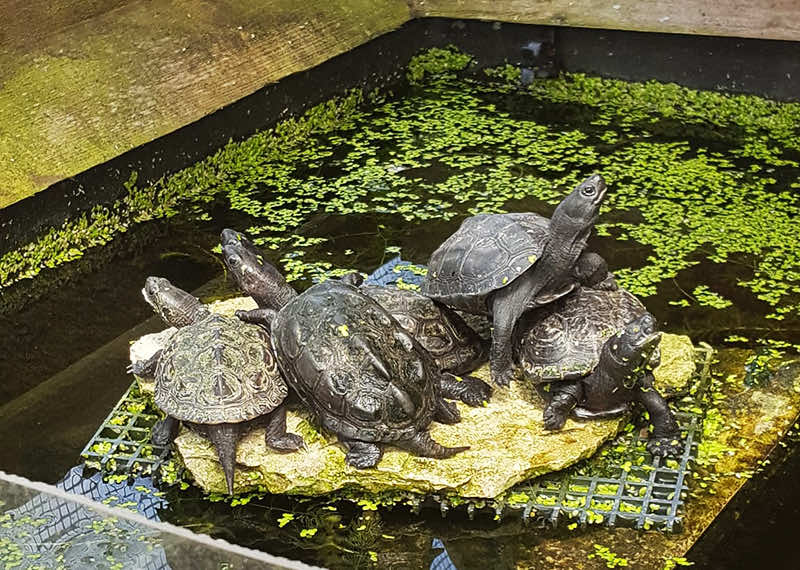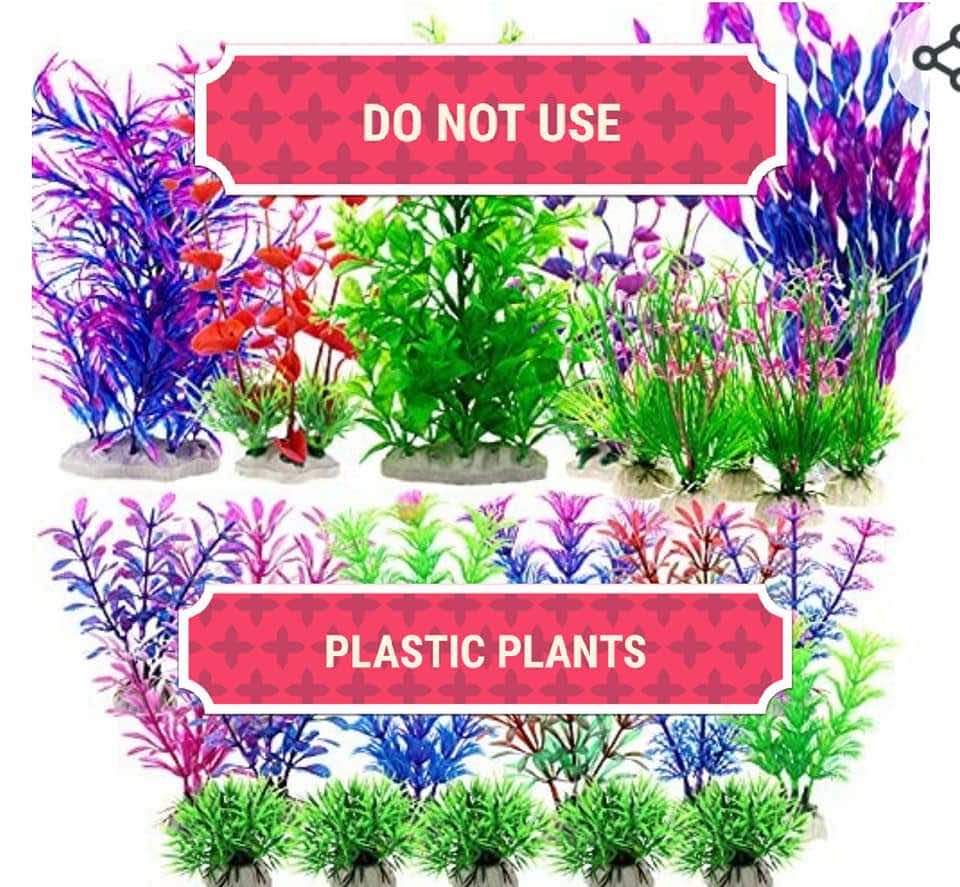Acquiring Your First Turtle
When you enter a pet shop, you’ll likely come across a tank filled with several tiny creatures swimming about. There may be around a dozen of them sharing the tank. As you observe them, you might find yourself thinking, “Aren’t they adorable?”
Turtles have the potential for a long lifespan when provided with proper care. It’s not uncommon for a turtle to live up to 35 years or even longer, with some individuals reaching ages beyond 40 years in captivity. This emphasises the importance of committing to their care for the long term and ensuring their needs are met throughout their lives.
The musk turtle is one of the most popular turtle species kept as pets. Male musk turtles typically grow to around 4 inches in length, while females can reach up to 6 inches. It’s important to note that musk turtles can exhibit aggression when kept in pairs or groups within a tank. Despite what some shops may suggest, it is recommended to avoid keeping multiple musk turtles together. Instead, providing a spacious tank of at least 4 feet in length is ideal for a single musk turtle. This ensures that they have ample room to swim, explore, and establish their territory without the risk of aggressive behaviour.
Regular veterinary check-ups and a well-maintained habitat contribute to their overall well-being and longevity. Taking care of a turtle involves providing them with a suitable habitat, a balanced diet, proper lighting and heating, regular cleaning, and monitoring their overall health. Here are some general guidelines for taking care of a musk turtle:
Habitat:
-
- Tank: Turtles require a minimum of 10 gallons or 55 liters of water per inch of their shell length. If you have multiple turtles, you should increase the tank size by 10% for each additional turtle. It is important to note that turtles generally prefer to be kept alone, as they can become aggressive towards each other. Providing each turtle with its own tank is the best way to ensure they have adequate space and reduce the risk of aggression. It is recommended to avoid using lids on turtle tanks as they can contribute to the buildup of condensation, which may lead to respiratory problems in turtles.
- Water: Fill the tank with dechlorinated water that is deep enough for the turtle to swim and dive comfortably. Musk turtles are semi-aquatic and spend most of their time in water.
- Basking area: Create a dry basking area with a flat rock or platform that the turtle can climb onto to dry off and bask under a heat lamp.
- Substrate: Use a substrate that is easy to clean, such as large smooth pebbles or river rocks, to prevent accidental ingestion, gravel is a no no.
- Hiding spots: Provide hiding spots, such as aquatic plants, caves, or driftwood, to make the turtle feel secure.
Lighting and Heating:
-
- UVB light: Install a UVB light to provide your turtle with the necessary ultraviolet radiation for vitamin D3 synthesis and calcium absorption. Follow the manufacturer’s instructions for the specific distance and duration of light exposure. It is recommended to provide Musk turtles with a 70-75W heat lamp equipped with a reflector shade to ensure proper heating. In addition, a UVB 5-6% forest strip light, spanning the length of the tank, should also be used along with a reflector shade. These lighting setups help to create an optimal environment for musk turtles, promoting their well-being and overall health. Sliders, referring to slider turtles, have specific lighting requirements to thrive in captivity. It is recommended to provide them with a 100W heat lamp accompanied by a reflector shade to ensure adequate heating within their habitat.
- Heat lamp: Place a heat lamp over the basking area to maintain a temperature of around 85-90°F (29-32°C). The water temperature should be around 75-80°F (24-27°C). The recommended distance between the basking lamp and the basking dock or platform for a 70-75W bulb is around 7-8 inches. For a 100W bulb, the distance should be approximately 10-12 inches. Maintaining the appropriate distance helps to provide the turtles with the optimal basking temperature, allowing them to thermoregulate effectively and promote their overall well-being.
Water Quality and Cleaning:
-
- Filtration system: Use a quality filtration system to keep the water clean and remove waste. Musk turtles are messy eaters, so regular filtration is important.
- Partial water changes: Perform partial water changes (around 25-30% of the total volume) every week to maintain good water quality.
- Dechlorination: If using tap water, treat it with a dechlorinator to remove harmful chemicals.
Health and Monitoring:
- Regular check-ups: Schedule regular veterinary check-ups for your musk turtle to monitor their overall health and address any potential issues.
- Watch for signs of illness: Keep an eye out for signs of illness, such as lack of appetite, lethargy, shell abnormalities, swollen eyes, or abnormal behaviour. If you notice any concerning symptoms, consult a veterinarian specialising in reptiles.
Remember that the care requirements may vary slightly depending on the specific species of musk turtle you have. It’s important to research the specific needs of your turtle species and consult reliable care guides or a reptile veterinarian for more detailed information.



